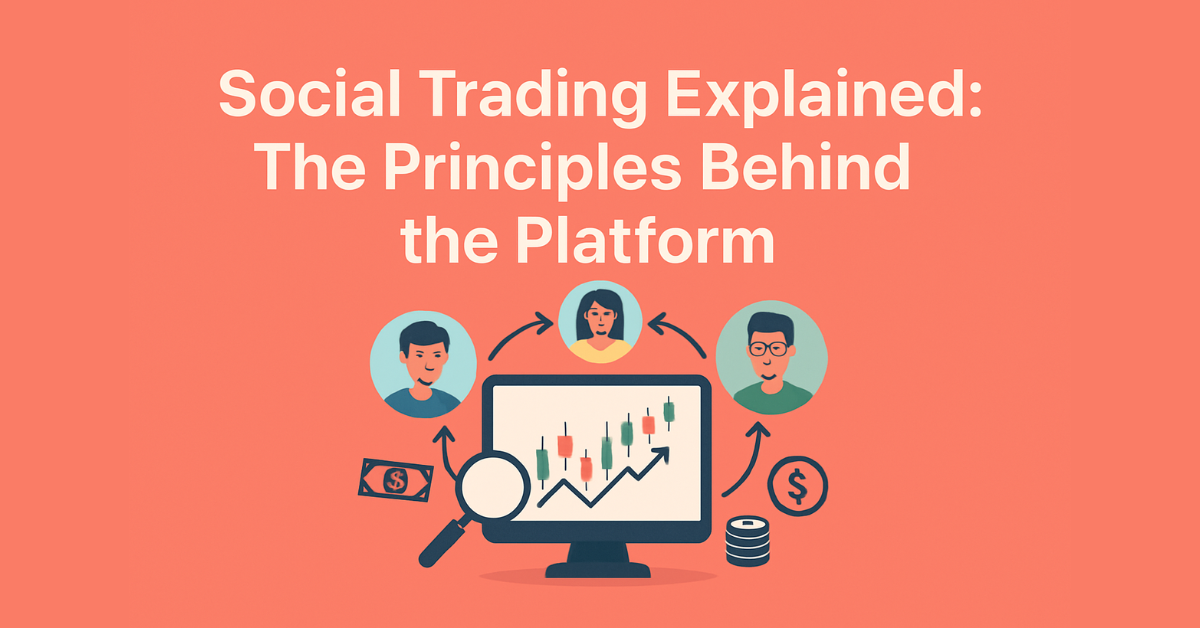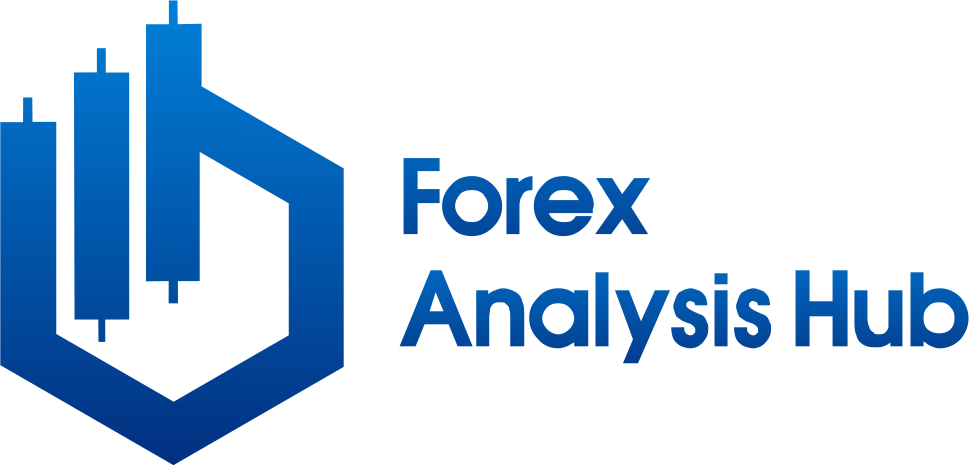
Social trading has transformed the way investors participate in financial markets. It combines elements of traditional trading with community-driven engagement, allowing traders to observe, interact, and replicate strategies used by others. This article explains what is social trading, the functionality of a social trading platform, and how social trading for beginners and social investing platforms work, offering a clear, platform-agnostic perspective suitable for professionals and companies in the trading technology sector.
What Is Social Trading
Social trading is an approach to investing where participants can share ideas, follow professional traders, and replicate trades automatically. Unlike traditional trading, social trading focuses on collaboration, transparency, and learning from other traders’ strategies.
Social trading bridges the gap between expert traders and newcomers by allowing the latter to mimic strategies without deep technical knowledge. This system also benefits experienced traders by providing a wider audience and potential revenue through performance-based incentives.
Key aspects of social trading include:
- Copying trades of professional or experienced traders
- Viewing verified performance metrics
- Engaging with a community through feeds, chats, and forums
- Learning trading strategies in real-time
Social trading creates a transparent environment where traders can participate actively or passively, depending on their level of experience.
How Social Trading Platforms Work
A social trading platform is the software infrastructure that connects multiple traders and allows trade replication. These platforms provide access to real-time market data, analytics, and risk management tools, complementing technical forex trading strategies that guide decision-making with systematic approaches.
Core Functions of a Social Trading Platform
- Trader Discovery: Users can browse profiles of experienced traders, evaluating performance, risk levels, and historical trades.
- Copy Trading Setup: Clients select a trader to follow. Once connected, all trades executed by the chosen trader are automatically mirrored in the follower’s account.
- Real-Time Execution: Trades are executed instantly to ensure synchronization between the master trader and followers.
- Analytics and Transparency: Platforms provide dashboards displaying returns, drawdowns, win rates, and other key performance indicators.
- Community Engagement: Users can comment on trades, share insights, and learn from discussions.
The platform serves as a central hub that balances automation with social interaction, offering a structured environment for trading education and execution.
Benefits of Social Trading for Beginners
For newcomers, social trading simplifies entry into financial markets by providing guided learning opportunities. Beginners can observe and copy professional trades without requiring advanced technical skills.
Advantages of Social Trading for Beginners
- Learning Opportunity: By observing expert traders, beginners understand market behavior and strategies.
- Reduced Risk: Automated copying limits exposure to mistakes caused by inexperience, while beginners can also benefit from understanding forex indicators to interpret market signals effectively.
- Hands-On Experience: Users gain practical exposure while avoiding significant capital loss.
- Confidence Building: Observing successful trades helps new traders develop decision-making confidence.
Social trading lowers the entry barrier, allowing beginners to learn while actively participating in the market.
Social Investing Platforms: Key Features
A social investing platform extends the trading concept by integrating analytics, community interaction, and automated tools. These platforms are designed to provide users with full transparency and a range of trading opportunities.
Features Commonly Found in Social Investing Platforms
- Leaderboards: Rankings of top-performing traders based on returns and risk metrics.
- Feeds and Forums: Newsfeed-like updates showing trades, comments, and market discussions.
- Performance Dashboards: Visualizations of returns, risk levels, trade history, and win rates.
- Risk Management Tools: Built-in calculators and stop-loss settings to protect follower capital.
- Automation Options: Ability to copy trades automatically with adjustable allocation and risk limits, combined with chart signals, allows users to align replicated trades with market trends visually.
These platforms cater to both novice traders and advanced participants, providing tools that enhance learning, transparency, and engagement.
How Social Trading Supports Learning
Social trading is not merely a replication tool; it is also an educational experience. Users learn market behavior, risk management, and strategy evaluation by participating in a community-driven environment.
Educational Benefits
- Real-Time Observation: Watch how professional traders react to market changes.
- Strategy Analysis: Understand trade entry and exit points, stop-loss, and take-profit decisions.
- Performance Review: Evaluate the effectiveness of different strategies over time.
- Practical Experience: Practice risk management without direct exposure to high capital loss.
By combining observation and practical experience, trading platforms offer a structured learning path for new traders.
Transparency and Risk Management
Transparency is essential in social trading. Followers need access to accurate, verified data to make informed decisions. Effective platforms provide:
- Clear metrics on trader performance
- Risk ratings for each trader
- Historical trade logs
- Adjustable allocation and stop-loss settings
These features help users manage their capital responsibly, reduce exposure to high-risk trades, and build trust in the platform.
Copy Trading and Social Trading
Copy trading is a key component of rading. It allows one trader to automatically replicate the trades of another. This feature is particularly useful for beginners who want to follow professional strategies while retaining control over their accounts.
Mechanics of Copy Trading
- Investors link their account to a professional trader.
- Trades executed by the professional are mirrored proportionally in the follower’s account.
- Allocation can be adjusted based on capital or risk tolerance.
- Users can pause or stop copying at any time.
Copy trading combines automation with social engagement, allowing users to learn from experience while minimizing exposure to mistakes, and it can be enhanced by risk-adjusted strategies to balance potential returns with acceptable levels of risk.
Advanced Features in Social Trading Platforms
Modern social trading platforms go beyond basic copy functions, offering advanced tools for analysis, automation, and engagement.
Examples of Advanced Features
- Performance-Based Matching: Algorithms recommend traders whose strategies match a follower’s risk profile.
- AI Analytics: Machine learning analyzes historical data to suggest optimal trade allocation, supporting technical forex trading strategies for more disciplined and evidence-based trading.
- Automated Risk Controls: Predefined stop-loss and take-profit levels protect follower capital.
- Social Analytics: Measure trader popularity, engagement, and community feedback for informed decisions.
These tools enhance user experience and allow for more sophisticated trading strategies while maintaining safety and transparency.
Benefits of Social Trading for Companies
Social trading is not only beneficial for individual traders; it also offers advantages for brokerages and fintech companies.
Key Benefits for Companies
- Increased Client Engagement: Interactive features keep users active and invested in the platform.
- Higher Retention Rates: Automated trading and transparent performance metrics improve user trust.
- Revenue Opportunities: Brokers can earn commissions on copied trades or offer premium services.
- Data Insights: Aggregated trading behavior helps companies improve platform design and strategy offerings.
- Educational Impact: Platforms encourage learning and responsible trading, reducing user churn due to early losses.
Companies can leverage social trading to differentiate their offerings and expand market reach while supporting clients at multiple experience levels.
Challenges and Risk Considerations
While social trading provides many benefits, there are inherent risks and challenges that both traders and platforms must manage.
Risks for Traders
- Over-reliance on others’ strategies can limit personal skill development.
- Past performance does not guarantee future results.
- Volatility and market fluctuations can lead to unexpected losses.
Risks for Companies
- Ensuring data accuracy and avoiding manipulated performance metrics.
- Compliance with financial regulations across multiple jurisdictions.
- Managing infrastructure to support high-volume, real-time trade replication.
Proper risk management, user education, and clear communication help mitigate these challenges effectively.
Future of Social Trading
The future of rading lies in personalization, technology integration, and global accessibility.
Emerging Trends
- AI-Enhanced Copy Trading: Recommendations based on historical performance and risk analysis make it easier for users to implement risk-adjusted strategies while copying trades from professional traders.
- Mobile-First Platforms: Enabling trading, monitoring, and social interaction on-the-go.
- Blockchain Verification: Ensuring transparency and authenticity of trader performance.
- Gamified Learning Experiences: Incentivizing engagement and consistent participation.
- Cross-Platform Integration: Linking trading with traditional brokerage services for seamless client experience.
These innovations make trading more interactive, safer, and appealing to a wider range of traders.
Conclusion
Social trading offers a unique combination of learning, collaboration, and automated execution. Understanding what is social trading, the role of a social trading platform, and how social trading for beginners and social investing platforms operate provides clarity for traders and companies alike.
For product managers and trading technology firms, social trading represents both an educational opportunity and a client engagement tool. By combining transparency, automation, and community interaction, brokerages can support traders at all levels, improve retention, and create a trustworthy and interactive trading ecosystem.
Social trading simplifies access to financial markets while educating traders, providing a platform where knowledge, technology, and practical experience converge for sustainable growth and long-term success.










